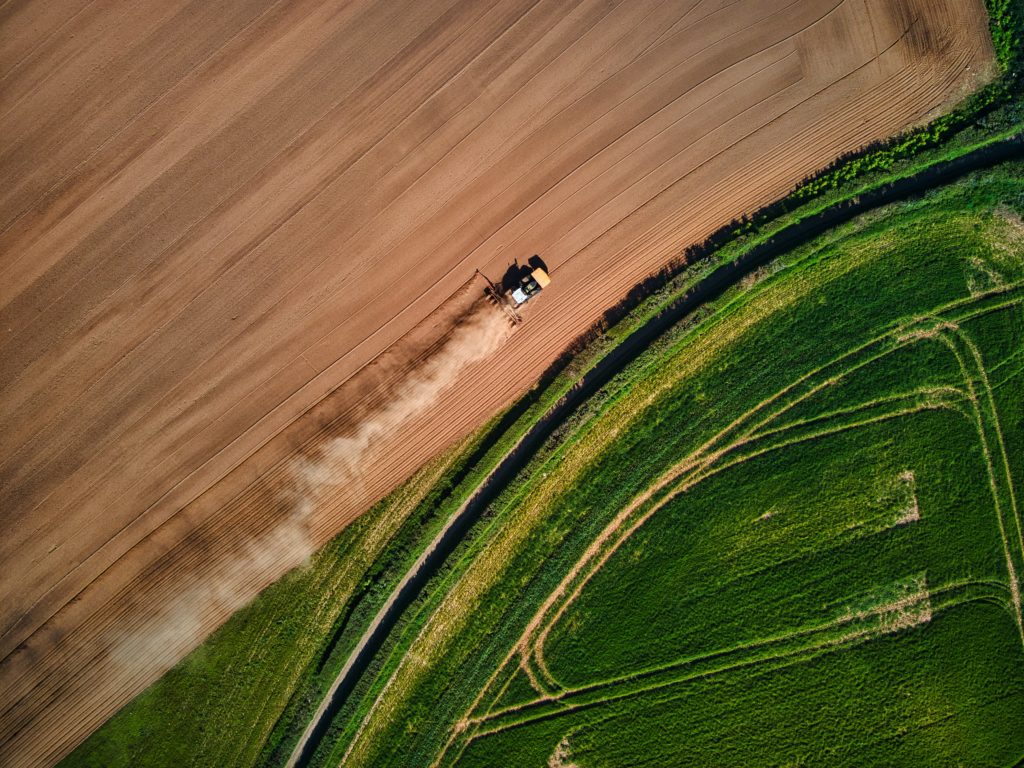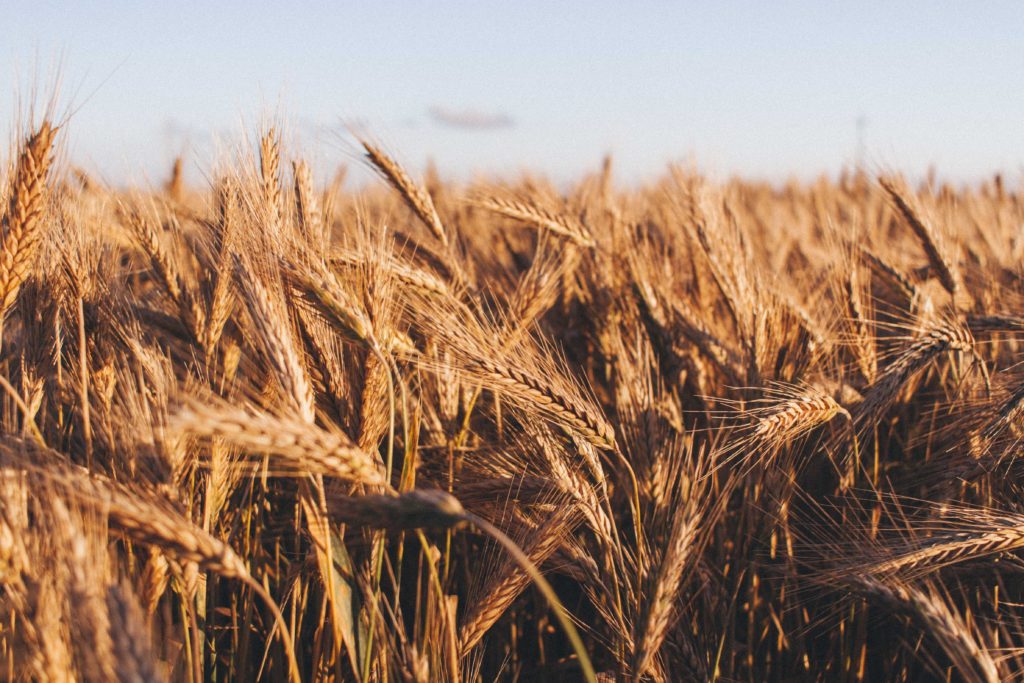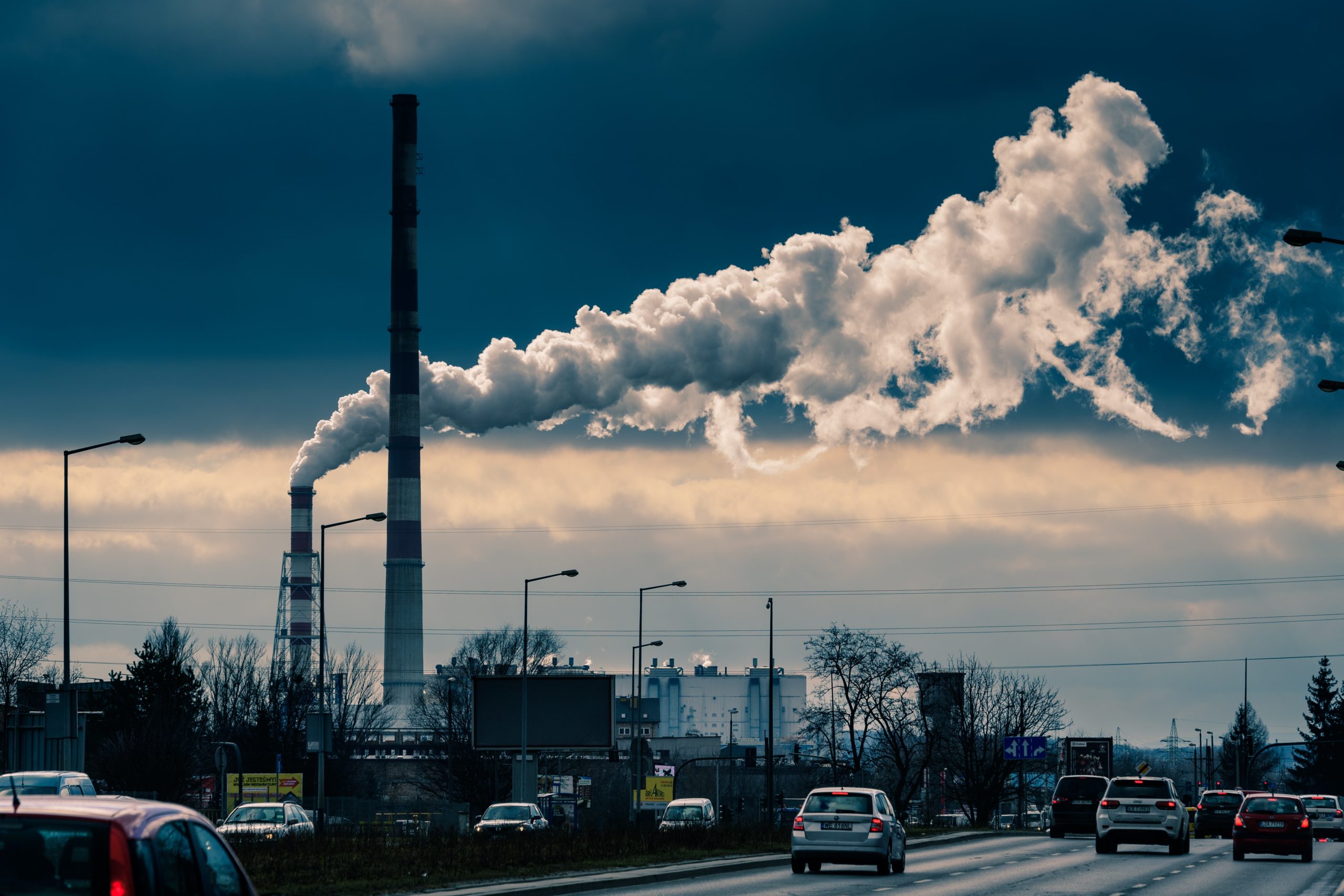4 Mins Read
New research from Science Advances suggests that halving air pollution could see an extra 25 percent of food generated in China every year. Particular attention was paid to a pollutant that is created when fuel burns; it appears to stunt agricultural crop growth. Cleaner air conditions, the study purports, could encourage crops and bolster yields by up to a quarter, in relevant countries.
The research continues on from previous studies, led by many of the same scientists. Researchers have been engaged in investigating the link between nitrogen oxides and lessening crop yields within the U.S. previously.

Air pollution stunting food production
Nitrogen oxides are commonly expelled during industrial processes and from vehicle exhaust systems. They are toxic gasses and have previously been shown to have a negative impact on plant cells, resulting in stunted growth. This has been explained by the process of nitrogen oxides helping to develop ozone, another gas that directly disturbs the photosynthesis process and prevents effective plant development.
The new research centred around understanding how nitrogen oxides, chiefly nitrogen dioxide, create ozone, on what scale and how this impacts global agriculture. Nitrogen dioxide was chosen as a focus due to its traceability via satellites, which can also asses ‘greenness’ levels in plants.
“Nitrogen oxides are invisible to humans, but new satellites have been able to map them with incredibly high precision. Since we can also measure crop production from space, this opened up the chance to rapidly improve our knowledge of how these gases affect agriculture in different regions,” David Lobell, study lead author and the Gloria and Richard Kushel Director of Stanford’s Center on Food Security and the Environment writes in the published findings.

How the research was conducted
Between 2018 and 2020, the team of researchers collated masses of satellite data relating to plant greenness and nitrogen dioxide levels. Five separate locations were observed, with the U.S., India and China included. Daily assessments of nitrogen dioxide levels were made, to gauge how changing levels affected crop growth. The result was a clear correlation between higher levels of air pollution and lower crop yields.
Key takeaways from the air pollution study
China fared especially badly, with study conductors noting that where air pollution was worse, so too was the impact on crops. China is reported to have seen a loss of up to 25 percent of its crops, due to very high levels of pollution in some areas.
It was also observed that nitrogen dioxide has a direct impact on plant growth. Previously, it had been suggested that it merely contributed to the creation of ozone, but now, it has been confirmed to do both, simultaneously.
Weather conditions and seasons were shown to exacerbate the issue of crop yield decline. Pollution peaks were observed during the winter months, likely connected to an increase in domestic heating and industrial energy use. With these peaks came increased crop decline.

What can be done to increase crop yield?
The study purports that its data offers intrinsic solutions. It claims that reducing the amount of nitrogen oxides in the air by 50 percent would result in a 28 percent increase in Chinese winter agricultural yields. Summer crops would be improved by 16 percent. India could see improvements of six and eight percent respectively.
“The main take-home from this study is that the agricultural benefits of these actions could be really substantial, enough to help ease the challenge of feeding a growing population,” the findings state.
Activities that will allow for nitrogen oxide reductions include a widespread transition to electric vehicles, switching to clean energy sources and implementing stringent policies that prevent air pollution from industrial interests.
The far-reaching effects of air pollution
Crop yields are not the only things to be negatively impacted by air pollution. Research conducted in 2020 suggested that it may also add to the risk of childhood obesity. The risk was found to be heightened in children from birth, up to 11 years of age. Researchers looked at 77 factors during pregnancy that could potentially be linked to childhood obesity. Of all of them, air pollution was found to have the highest correlation, with smoking following in second place.
Mass migration has been identified as a risk, as air pollution increases. Last year a landmark ruling in France meant that a man was prevented from being deported back to his home country of India, due to the risk to his health posed by significant air pollution levels. The case is believed to have been the first to use environmental factors to fight against extradition.
Lead photo by Jacek Dylag at Unsplash.




